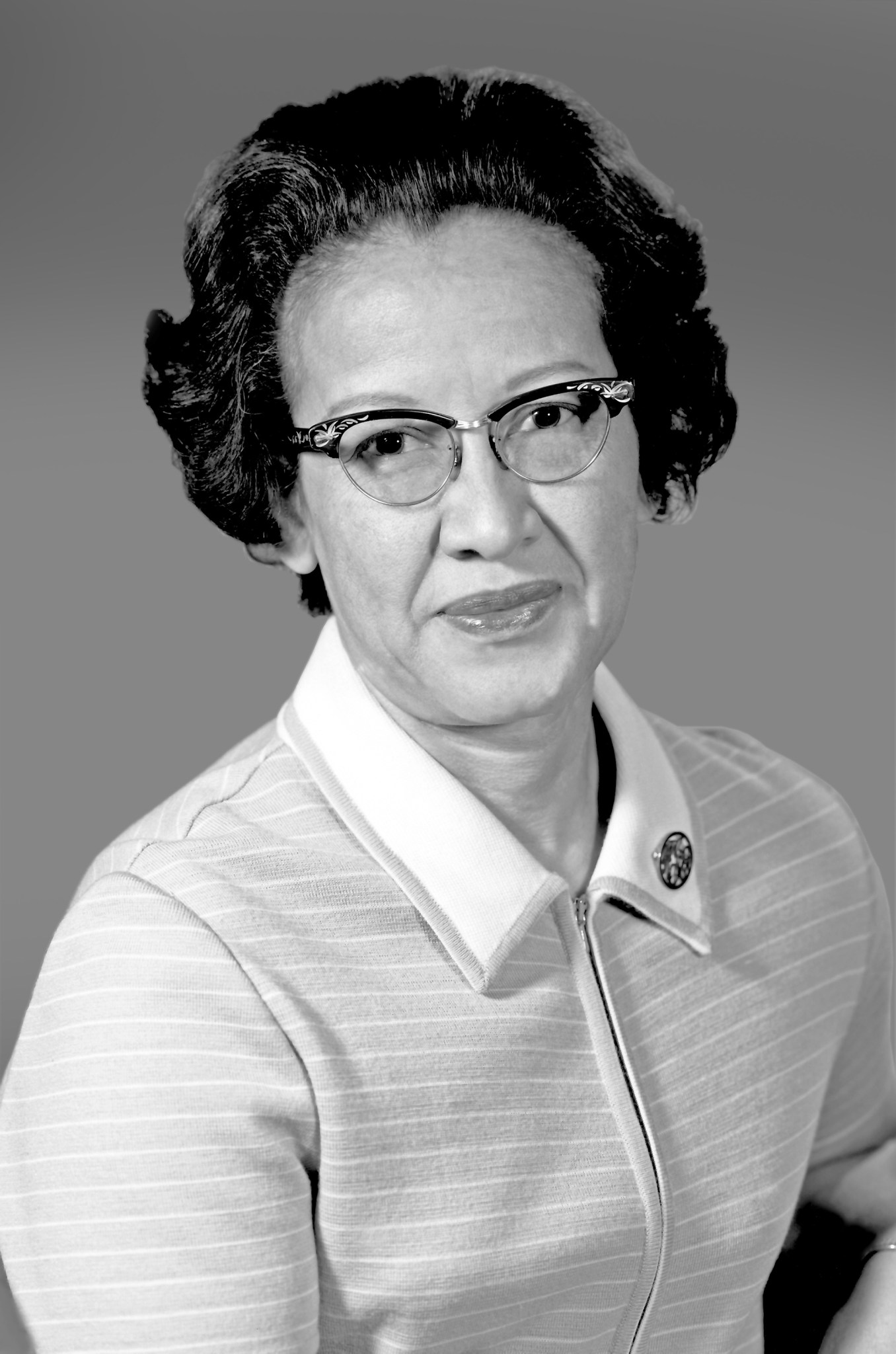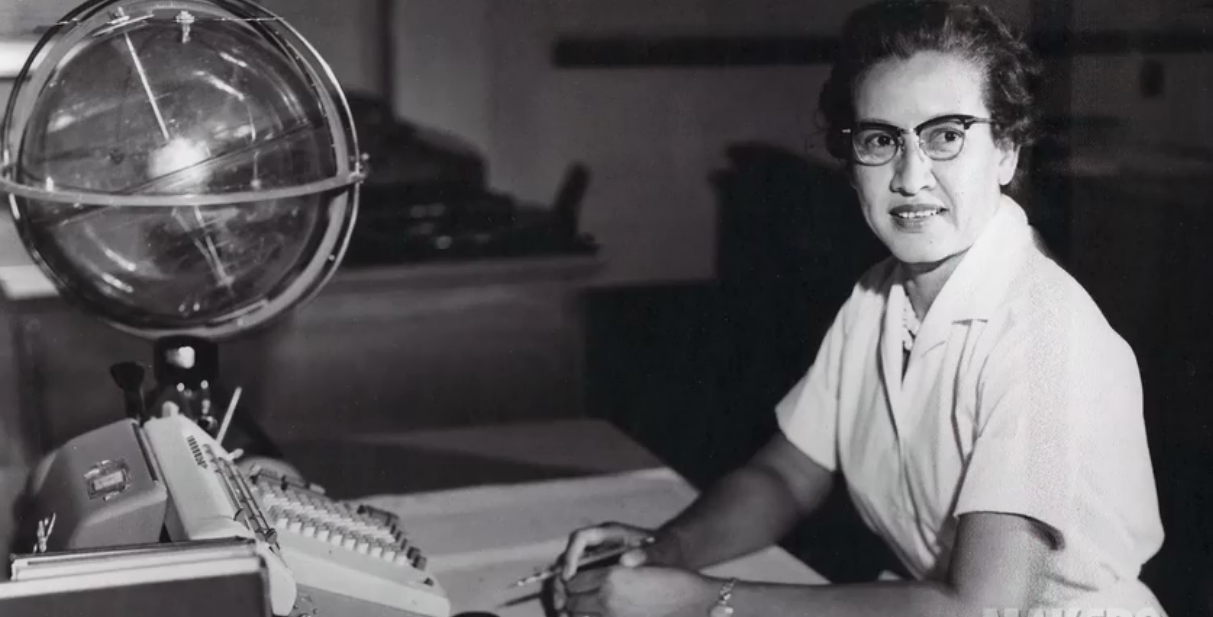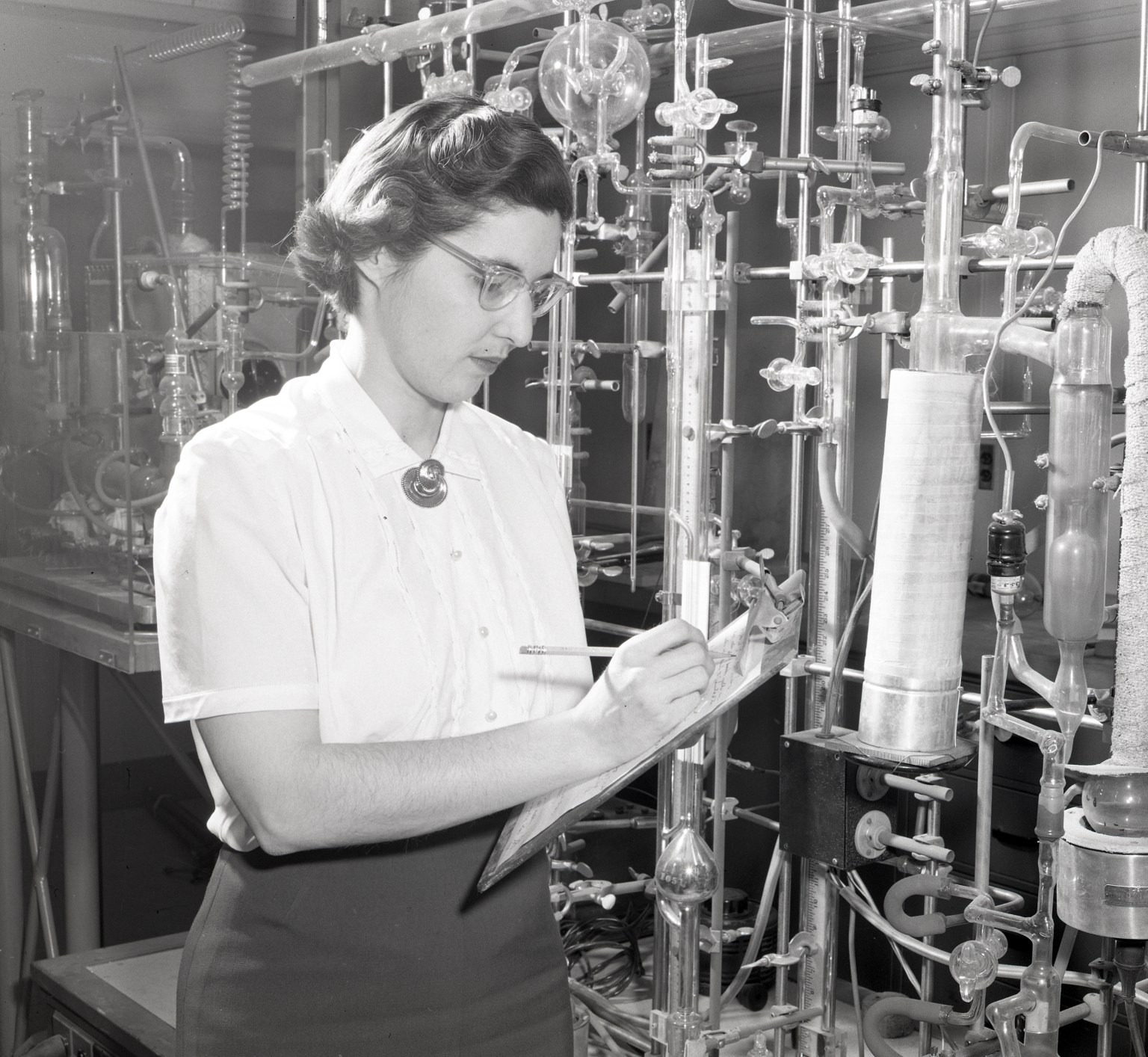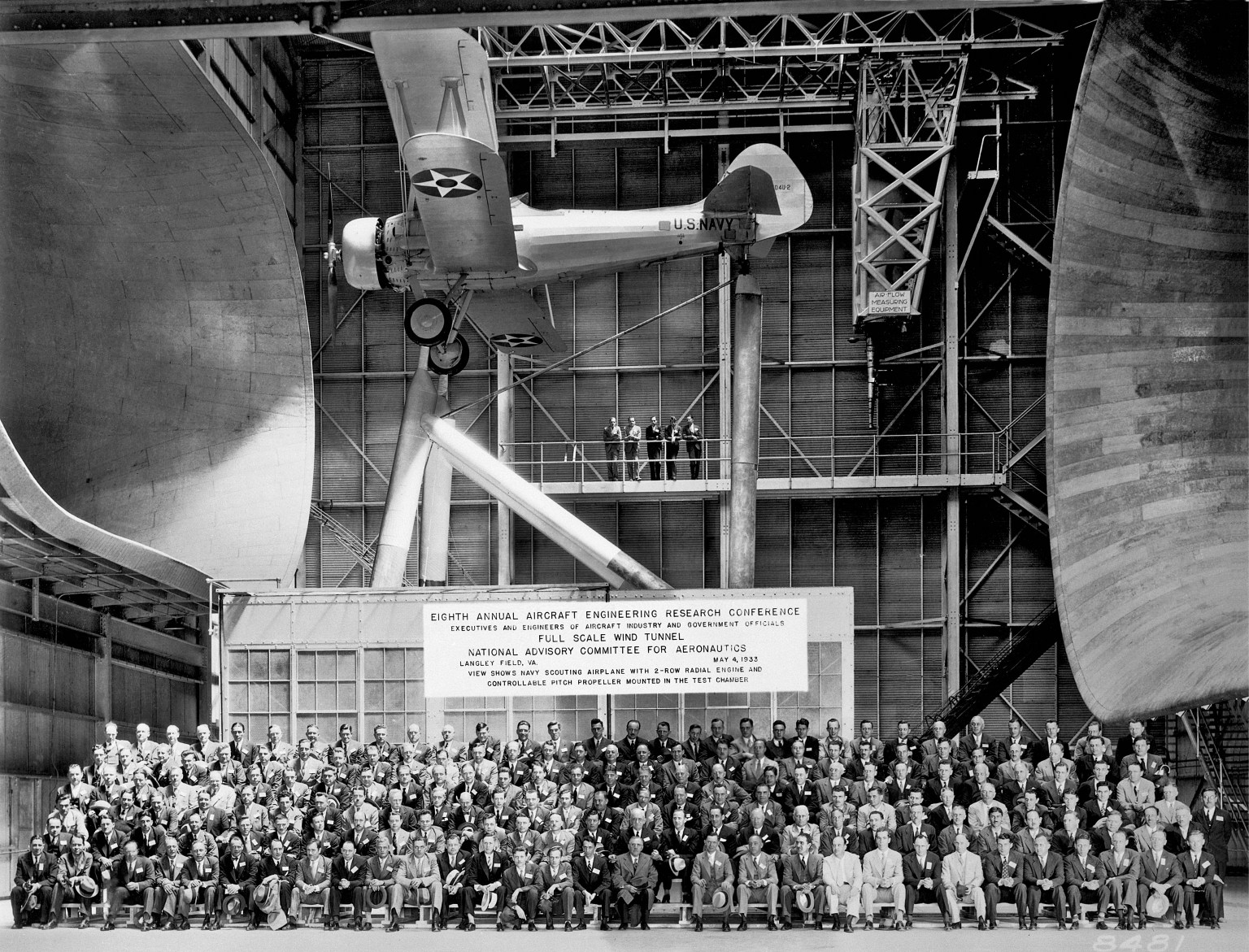Born: Aug. 26, 1918
Died: Feb. 24, 2020
Hometown: White Sulphur Springs, WV
Education: B.S., Mathematics and French, West Virginia State College, 1937
Hired by NACA: June 1953
Retired from NASA: 1986
Actress Playing Role in Hidden Figures: Taraji P. Henson
Biography by Margot Lee Shetterly
Being handpicked to be one of three black students to integrate West Virginia’s graduate schools is something that many people would consider one of their life’s most notable moments, but it’s just one of several breakthroughs that have marked Katherine Johnson’s long and remarkable life. Born in White Sulphur Springs, West Virginia, in 1918, her intense curiosity and brilliance with numbers vaulted her ahead several grades in school. By 13, she was attending the high school on the campus of historically black West Virginia State College. At 18, she enrolled in the college itself, where she made quick work of the school’s math curriculum and found a mentor in math professor W. W. Schieffelin Claytor, the third African American to earn a PhD in mathematics. She graduated with highest honors in 1937 and took a job teaching at a black public school in Virginia.
When West Virginia decided to quietly integrate its graduate schools in 1939, West Virginia State’s president, Dr. John W. Davis, selected her and two men to be the first black students offered spots at the state’s flagship school, West Virginia University. She left her teaching job and enrolled in the graduate math program. At the end of the first session, however, she decided to leave school to start a family with her first husband, James Goble. She returned to teaching when her three daughters got older, but it wasn’t until 1952 that a relative told her about open positions at the all-black West Area Computing section at the National Advisory Committee for Aeronautics’ (NACA’s) Langley laboratory, headed by fellow West Virginian Dorothy Vaughan. Katherine and her husband decided to move the family to Newport News, Virginia, to pursue the opportunity, and Katherine began work at Langley in the summer of 1953. Just two weeks into her tenure in the office, Dorothy Vaughan assigned her to a project in the Maneuver Loads Branch of the Flight Research Division, and Katherine’s temporary position soon became permanent. She spent the next four years analyzing data from flight tests and worked on the investigation of a plane crash caused by wake turbulence. As she was wrapping up this work her husband died of cancer in December 1956.
The 1957 launch of the Soviet satellite Sputnik changed history—and Johnson’s life. In 1957, she provided some of the math for the 1958 document Notes on Space Technology, a compendium of a series of 1958 lectures given by engineers in the Flight Research Division and the Pilotless Aircraft Research Division (PARD). Engineers from those groups formed the core of the Space Task Group, the NACA’s first official foray into space travel. Johnson, who had worked with many of them since coming to Langley, “came along with the program” as the NACA became NASA later that year. She did trajectory analysis for Alan Shepard’s May 1961 mission Freedom 7, America’s first human spaceflight. In 1960, she and engineer Ted Skopinski coauthored Determination of Azimuth Angle at Burnout for Placing a Satellite Over a Selected Earth Position, a report laying out the equations describing an orbital spaceflight in which the landing position of the spacecraft is specified. It was the first time a woman in the Flight Research Division had received credit as an author of a research report.
In 1962, as NASA prepared for the orbital mission of John Glenn, Johnson was called upon to do the work that she would become most known for. The complexity of the orbital flight had required the construction of a worldwide communications network, linking tracking stations around the world to IBM computers in Washington, Cape Canaveral in Florida, and Bermuda. The computers had been programmed with the orbital equations that would control the trajectory of the capsule in Glenn’s Friendship 7 mission from liftoff to splashdown, but the astronauts were wary of putting their lives in the care of the electronic calculating machines, which were prone to hiccups and blackouts. As a part of the preflight checklist, Glenn asked engineers to “get the girl”—Johnson—to run the same numbers through the same equations that had been programmed into the computer, but by hand, on her desktop mechanical calculating machine. “If she says they’re good,’” Katherine Johnson remembers the astronaut saying, “then I’m ready to go.” Glenn’s flight was a success, and marked a turning point in the competition between the United States and the Soviet Union in space.
When asked to name her greatest contribution to space exploration, Johnson would talk about the calculations that helped synch Project Apollo’s Lunar Module with the lunar-orbiting Command and Service Module. She also worked on the Space Shuttle and the Earth Resources Technology Satellite (ERTS, later renamed Landsat) and authored or coauthored 26 research reports. She retired in 1986, after 33 years at Langley. “I loved going to work every single day,” she said. In 2015, at age 97, Johnson added another extraordinary achievement to her long list: President Barack Obama awarded her the Presidential Medal of Freedom, America’s highest civilian honor.
She died on Feb. 24, 2020. NASA Administrator James Bridenstine said, “Our NASA family is sad to learn the news that Katherine Johnson passed away this morning at 101 years old. She was an American hero and her pioneering legacy will never be forgotten.”
































